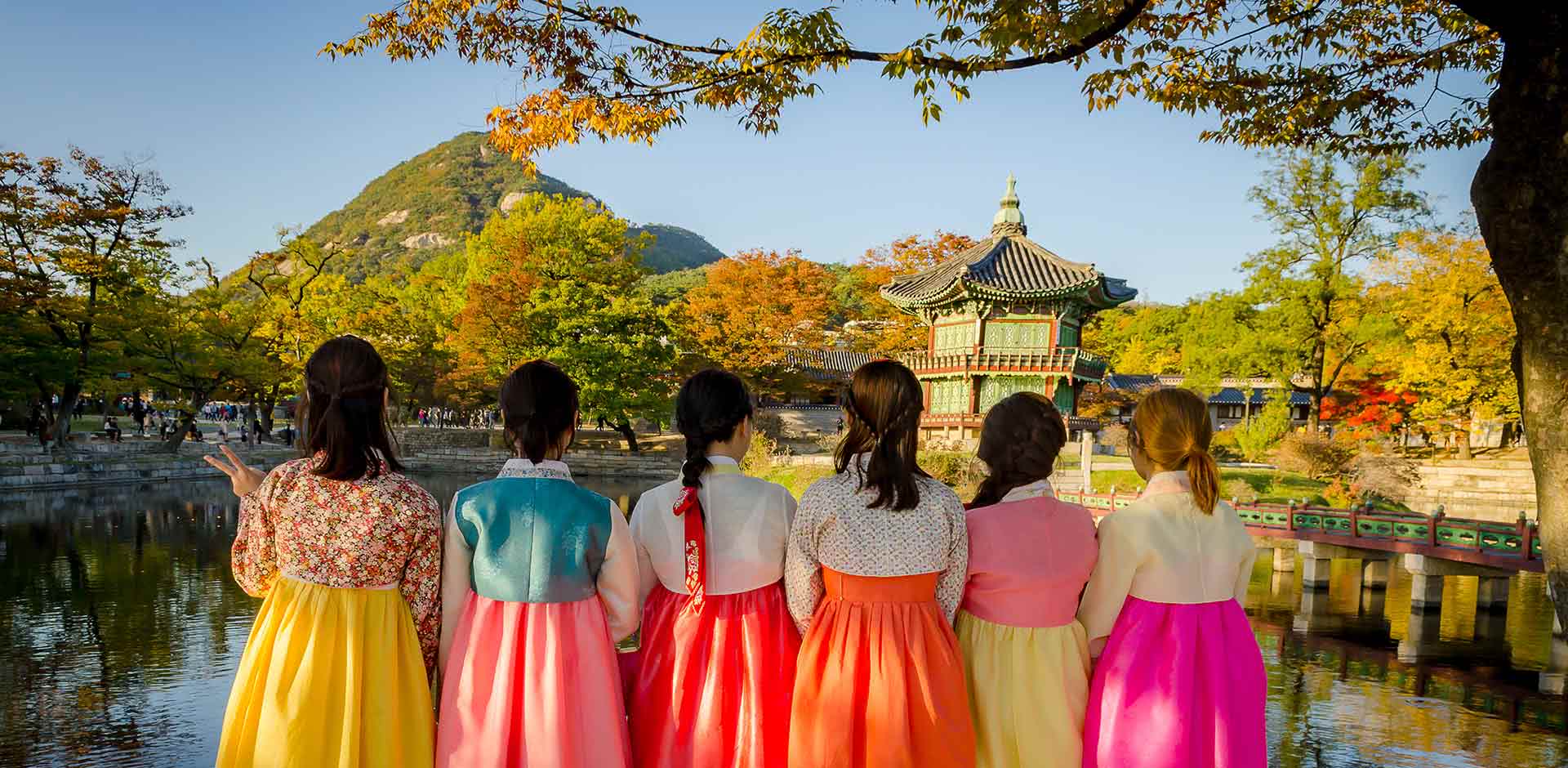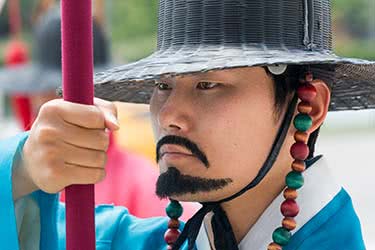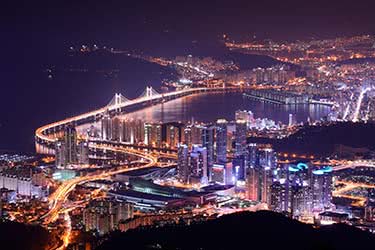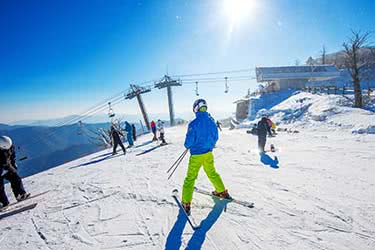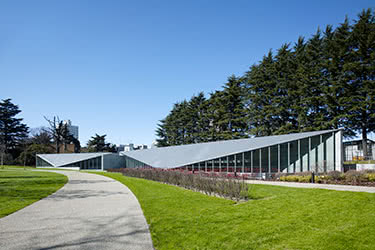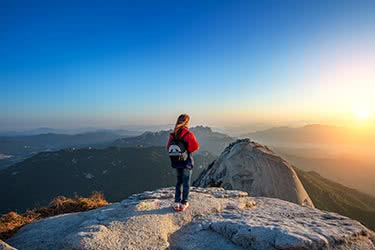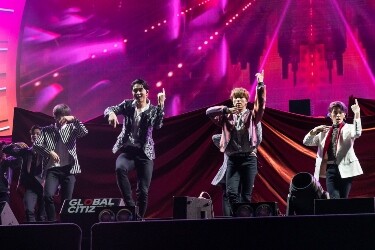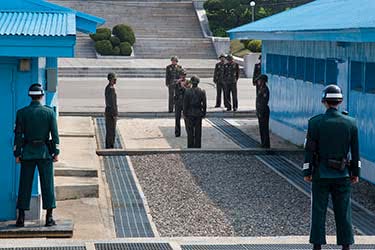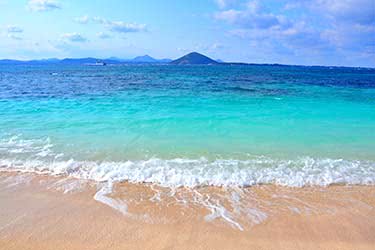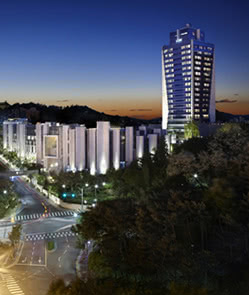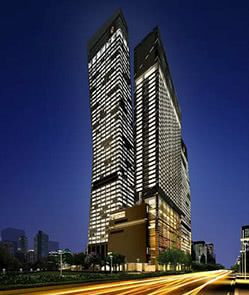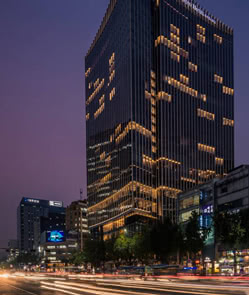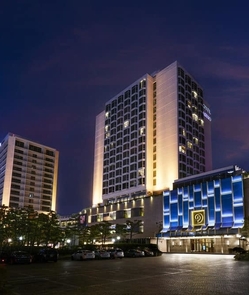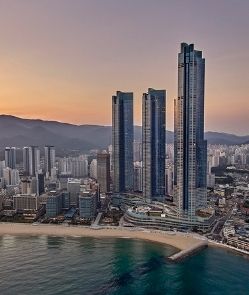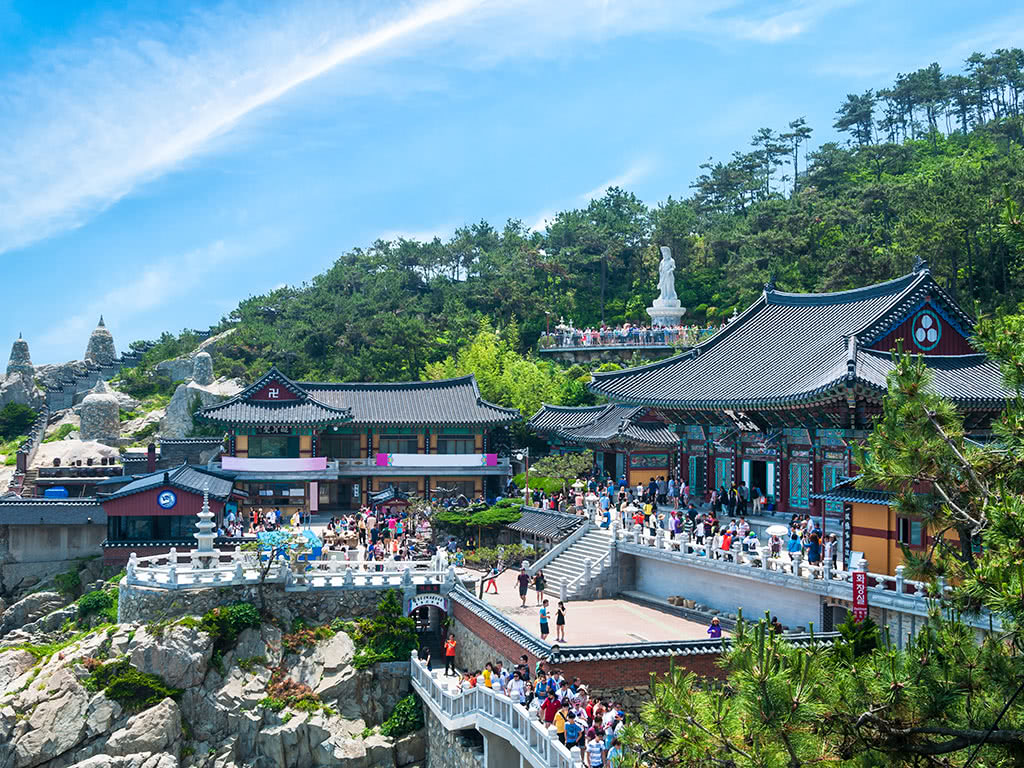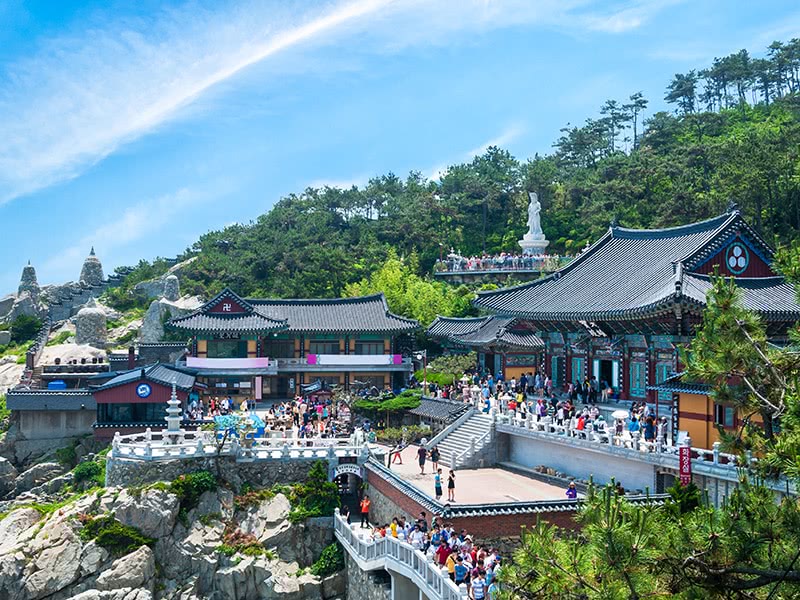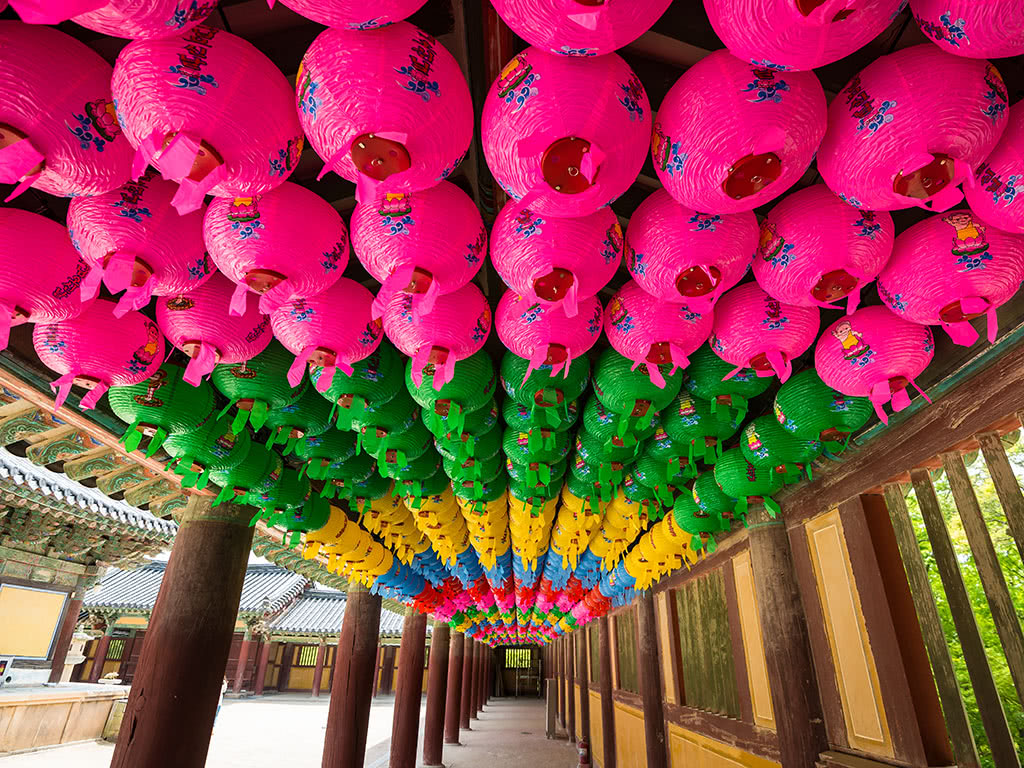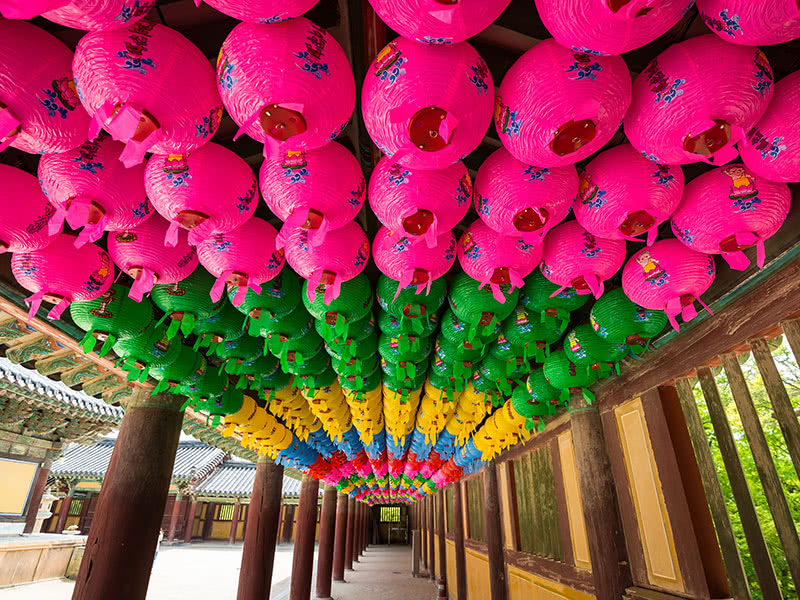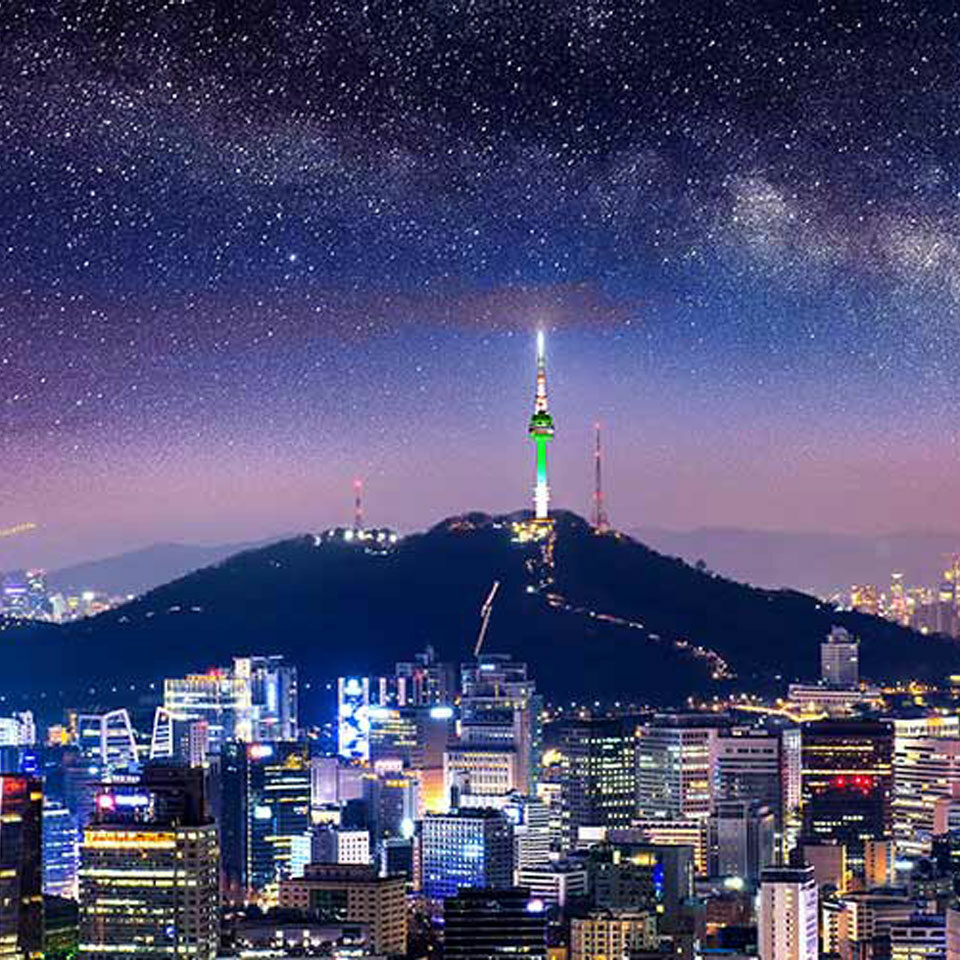
South Korea
While South Korea has long been known as the “Land of the Morning Calm,” its tumultuous modern history stands directly at odds with this serene sobriquet. Yet in spite of the adversity that South Korea has faced, from the colonial Japanese occupation to the divisive Korean War and subsequent dictatorships, the country has managed to overcome innumerable obstacles and establish itself as one of the world’s economic powerhouses. In the 1990s, South Korea, along with Taiwan, Hong Kong, and Singapore, was named one of the Four Asian Tigers.
Today, South Korean corporations, including electronics giant Samsung and manufacturer Hyundai, have become household names around the globe; at the same time, Korean culture, particularly pop music, has slowly risen to prominence, first across Asia, and later the world. Indeed, South Korea is an energetic, creative nation capable of great innovation, and is already a major player in the global economy and culture.
South Korea Regions
Explore in-depth information, experiences and highlights by navigating to specific regions using the links below.
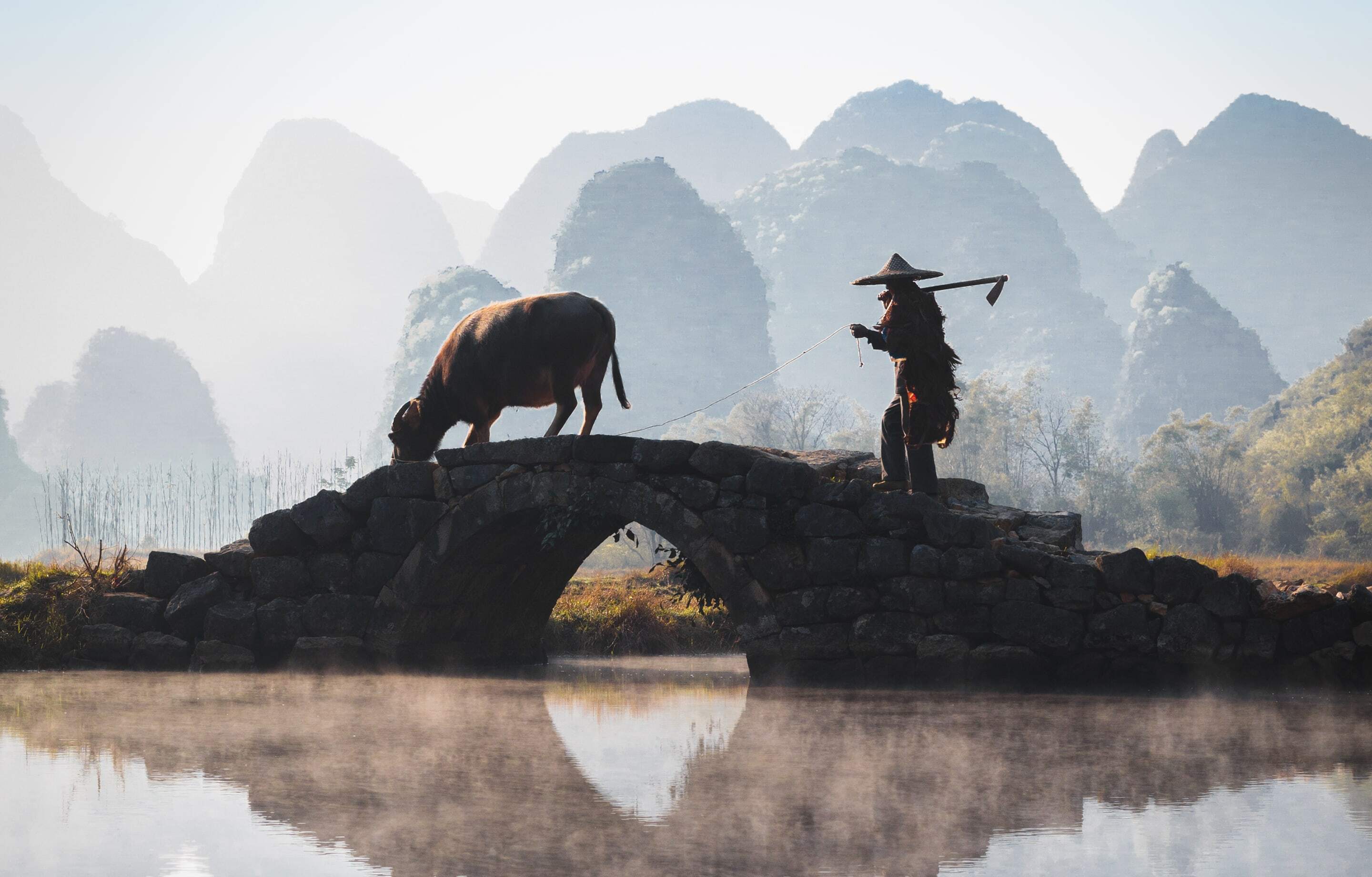
Exclusively Asia
With Remote Lands you'll travel with people who have made Asia the solitary focus of their own lifelong adventure. As our guest, you'll discover Asia on a journey that is completely, authentically your own, adapted from our own remarkable experiences and adventures over the years.
With Remote Lands you'll travel with people who have made Asia the solitary focus of their own lifelong adventure. As our guest, in the continent that our north American founders Catherine and Jay have adored and explored for decades, you'll discover Asia on a journey that is completely, authentically your own, adapted from our own remarkable experiences and adventures over the years.
Weather in South Korea
The best time to visit South Korea is between April and June, and also between September and November.
- Due to its position, South Korea is one of the relatively few countries in Asia that has four distinct seasons: spring from mid-March to late-May, summer from June to August, autumn from September to November, and winter from December to mid- March. Of course, the actual weather doesn’t always fit into these neat categories.
- Winter, from December to March, is dry but often bitterly cold, particularly in northern parts. Siberian winds drag January temperatures in most of the country (except on Jeju Island in the south) down to below zero. Temperatures range from 32°F to 46°F (0°C to 8°C) during the day and 17°F to 28°F (-2°C to 8°C) at night.
- Spring, from April to June, is a beautiful time to visit South Korea, with generally mild temperatures and cherry blossoms spreading north across the country in April. Camellias, azaleas, and other plants and trees flower, but as with autumn, some days can be cold, so bring warm clothing. Temperatures range from 62°F to 81°F (17°C to 27°C) during the day and 41°F to 60°F (5°C to 16°C) at night.
- Try to avoid peak summer, from late June to late August, which starts off with the monsoon season. This is when the country receives some 60 percent of its annual rainfall and is followed by unpleasantly hot and humid weather. There is also the chance of typhoons. Temperatures range from 81°F to 88°F (27°C to 31°C) during the day and 60°F to 72°F (15°C to 22°C) at night.
- The best time of year to visit South Korea is in the autumn between September and November, when the weather is fine and clear. Temperatures range from 52°F to 79°F (11°C to 26°C) during the day and 32°F to 60°F (0°C to 15°C) at night
Multi-Country Specialists
South Korea Goes Well With




Travelogues
An Asia-focused magazine brought to you by Remote Lands - a platform for adventure, luxury, and authenticity from experts and explorers around the continent.
Parallel Lines, Diverging Lives: Revisiting Korea’s DMZ
- Author
- Jay Tindall
With tensions between North & South Korea at the highest point they’ve been in years, there couldn’t be a more dramatic time to visit the Demilitarized Zone.
Cool Korea: Kimchi, K-Pop, and Asia’s Most Underrated Destination
- Author
- Travelogues
Whether it’s Michelin-star dining, world-class hotels, or white sands, travelers to Korea will find a holistic holiday as they journey from the DMZ to the beaches of Jeju.
LGBT Travel in South Korea
- Author
- Remote Lands
A fascinating land of ancient traditions, cutting-edge modernity and a chequered past, South Korea boasts a rich tapestry of culture and its LGBT history is no less interesting.
